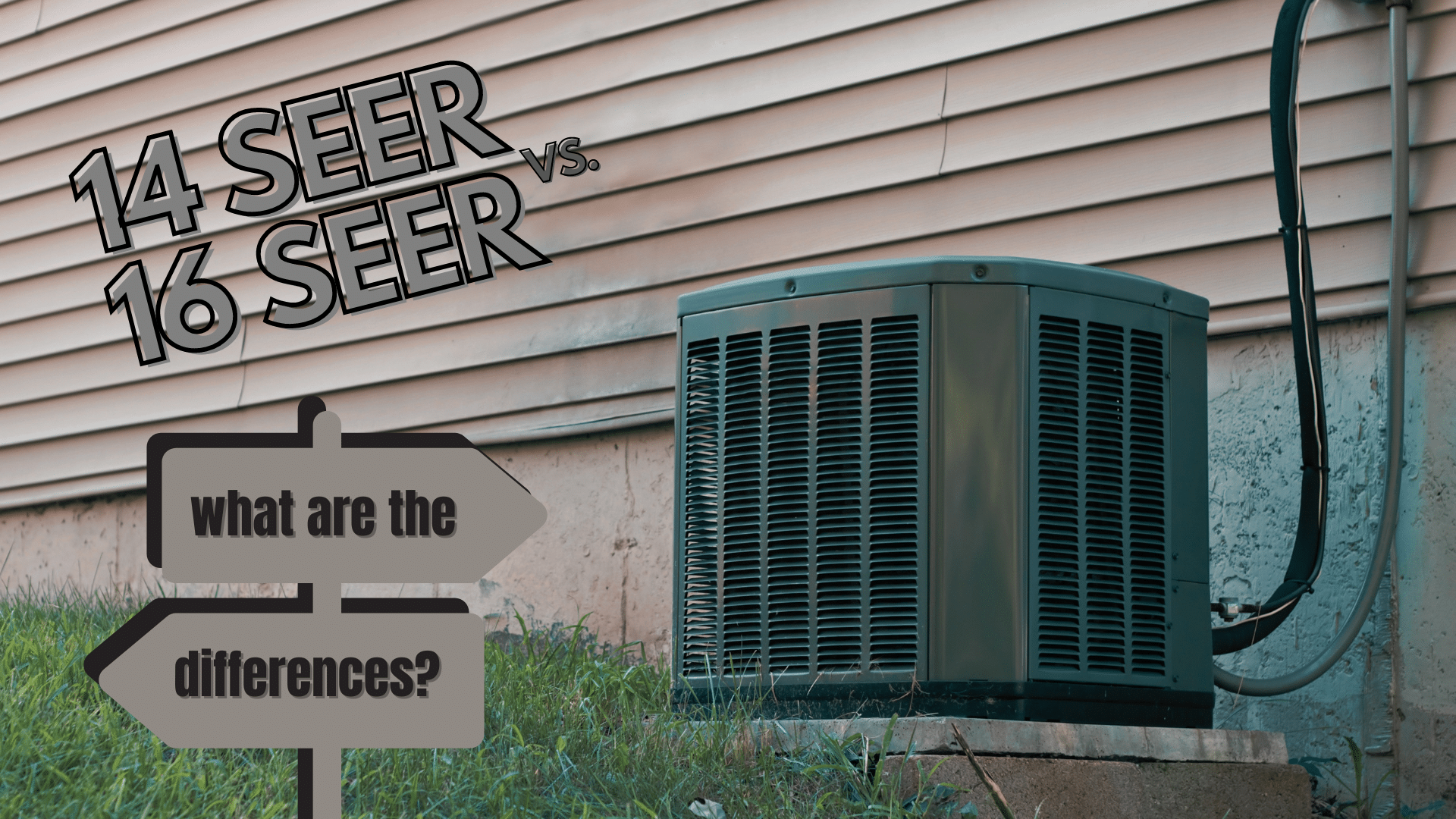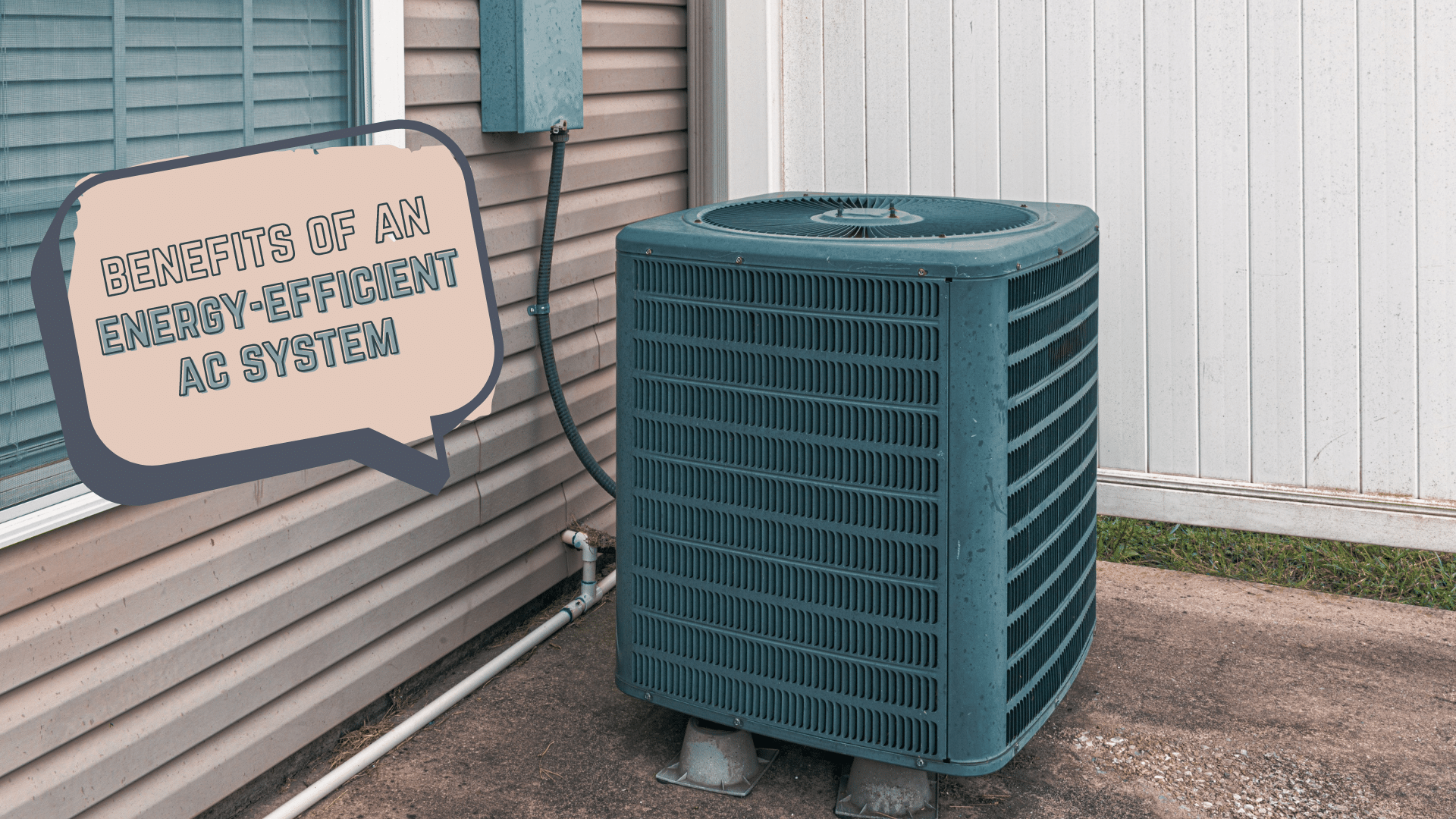If you are considering a new central AC unit for your home, one feature you need to prioritize is the model's energy efficiency. Most air conditioners are rated according to their Seasonal Energy Efficiency Ratio (or SEER), which helps you achieve cost savings.
Today, two of the most common units have either a 14 or 16 SEER, given their cost-effectiveness and general popularity. This begs the question, which among the two has the better efficiency?
Now, we'll bring you the best comparison of 14 SEER vs. 16 SEER to determine if the increased efficiency is worth shelling out the extra cost.
What is a SEER Rating?
It's crucial to understand what the SEER is all about before we delve into the differences between 14 SEER vs. 16 SEER units. This refers to an AC unit or heat pump's energy efficiency after dividing its BTUs by the required watts and SEER. (Related: Air Conditioner Efficiency: How Is SEER Rating Calculated?)
Don't worry. Most commercial units already come with a yellow and black-colored EnergyGuide label that displays its SEER (like a 14 SEER AC).
Generally, a higher SEER means the unit is more energy-efficient. It can cool your home faster while saving money on your utility bills. However, higher SEER AC units will cost you more. The highest SEER is 26, which is naturally more expensive than a 14 or 16 SEER unit.
If you live in an area with scorching hot summers or extreme winters, you may want to invest in a higher SEER unit for your benefit. Remember, the more cooling you use– the more cost savings you can enjoy (given you have a 16 SEER unit at home).
14 SEER Units
Currently, the national minimum SEER requirement is 13. But 14 SEER units are still considerably energy-efficient. They can be up to 30% more energy-efficient than old AC units from more than 15 years ago.
So, if you're looking to replace your outdated system on a relatively tight budget, 14 SEER units are affordable and help you save energy in a considerable amount.
16 SEER Units
Simply put, 16 SEER units are far more expensive than their 14 SEER counterparts. This is mainly because of their significant improvement in terms of energy efficiency. Most 16 SEER units can offer up to 13% more efficiency, translating to hundred-dollar cost savings in the long run.
If you have a larger home, you may want to invest in at least a 16 SEER unit to ensure consistent energy efficiency.
14-SEER vs. 16-SEER: Differences

Choosing between a 14 SEER and a 16 SEER unit can be a tricky decision to make. However, one thing to keep in mind is that a 16 SEER unit uses 13% less energy than its 14 SEER counterpart.
That means if you spend around $100 with a 14 SEER unit, you'll only pay $86 with a 16 SEER unit– translating to a $14 savings every month. The total cost savings will primarily depend on factors such as:
Units with 16 SEER energy have higher cost savings due to their two-stage compressor, so the unit can seamlessly adapt to your home's conditions. It eliminates the need to run at full speed or ultimately shut off.
Accordingly, 16 SEER units also have a quieter operation even for more extended periods, effectively reducing the indoor humidity levels. It will have a more expensive installation cost, though. Best prepare your budget accordingly.
14 SEER vs. 16 SEER: Calculating the Cost Savings
Keep in mind that energy costs vary throughout the country. Reading the unit's SEER label on the EnergyGuide sticker isn't enough to determine its average energy efficiency and cost savings. Here are some other factors to keep in mind:
Homeowners looking to replace their old air conditioning units must weigh the pros and cons of 14 SEER vs. 16 SEER accordingly. It gives you an idea of whether the high initial costs of a 16 SEER unit are worth the investment or, simply, a 14 SEER unit will do for your home needs.
Is 16 SEER more Efficient for the Cost?
To determine if making the upgrade is the best path for your needs, first, compare the price difference based on their SEER.
For instance, the 16 SEER GOODMAN 3.5 TON Air Conditioner (GSX160421) costs $1,912 on average. Its 14 SEER counterpart only costs $1,443. Both of these figures do not include the professional installation fees yet.
So, you'll spend about $470 more for the 16 SEER unit. Suppose you have a $100 monthly electric bill; you may save up to $170 in a year if you choose the 16 SEER unit. Theoretically, the unit will pay itself for less than three years with its cost savings.
Most commercial AC units last around 10 to 12 years, so given the numbers– a 16 SEER unit is considerably efficient given its high upfront costs. However, experts may urge you to go for higher SEER ratings (more than 17 SEER) to get advanced technology such as fully variable compressors and variable speed condenser fan motors.
14 SEER vs. 16 SEER Units: Other Differences
Aside from the potential energy savings, let's discuss the other differences you can expect between 14-SEER and 16-SEER units.
Note: Features may vary depending on the specific model and make of the unit. It's recommended to check out the unit specifications of the models you highly consider purchasing.
The Importance of Energy-Efficient AC Units

There are plenty of benefits to consider in choosing an energy-efficient AC system. Some are as follows:
Frequently Asked Questions (FAQs)
Is a 14 SEER unit already energy efficient?
The government mandates all new air conditioners to be at least 14 SEER, making it the latest baseline for energy efficiency. Today's 14 SEER unit is 20 to 30% more efficient than an average HVAC unit you could purchase fifteen years ago. To put it simply, you can see a significant decrease in your bills if you replace an older, less-efficient HVAC with a 14 SEER unit. You can get a possible reduction if you opt for a more energy-efficient unit.
Which unit should I choose?
Choosing between 14 SEER and 16 SEER units will depend on your home's cooling and heating needs. Larger homes will benefit from incredible energy savings with the 16 SEER unit, but the initial cost will also be higher. Meanwhile, the 14 SEER units will be ideal for small to medium-sized homes looking for an HVAC upgrade without spending a lot.
